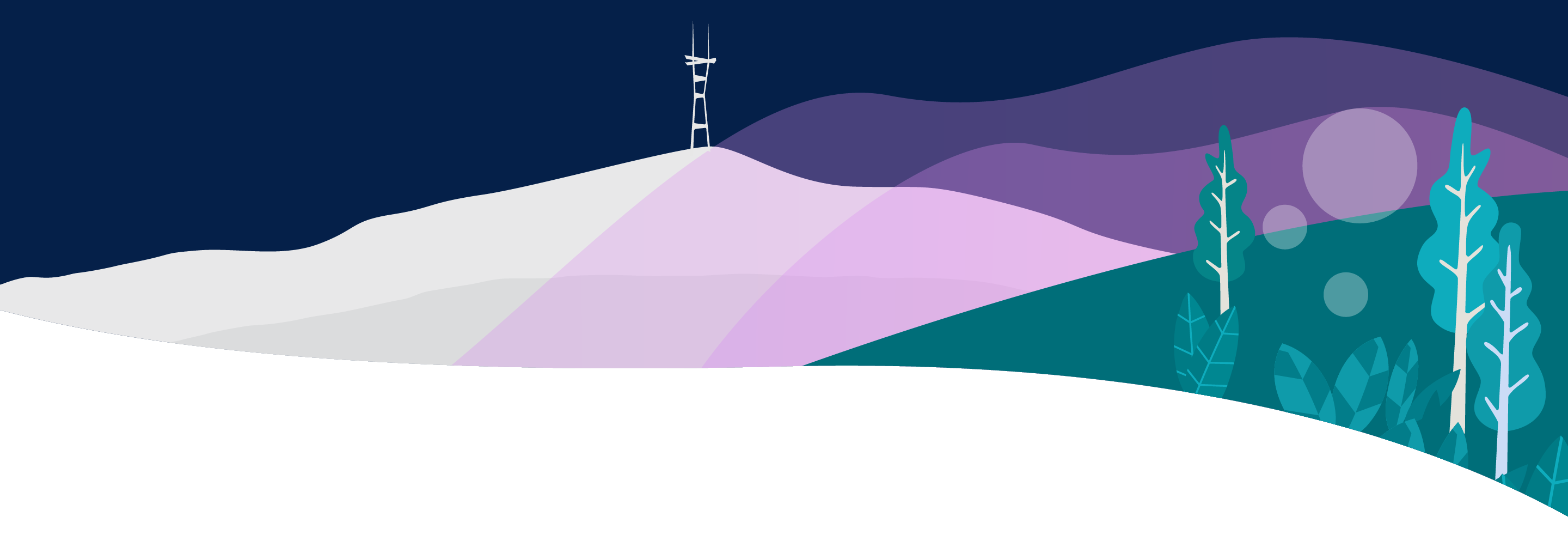
Seasonal Affective Disorder
Seasonal affective disorder (SAD) is a form of depression that occurs during specific seasons, most commonly during the fall and winter. However, the condition can occur at any time of the year, including during the summer. The cause of SAD is not yet known, but it's believed to be related to the availability of sunlight. Light affects your internal body clock, which helps you regulate when to sleep and when to be awake.
Some scientists believe that a fluctuation in the body's production of melatonin, a hormone that helps induce sleep, might be the cause of SAD. Other researchers speculate that a lack of serotonin, a brain chemical or neurotransmitter that seems to be triggered by sunlight, is the cause of SAD. People who are depressed often have decreased levels of serotonin in their brains.
The incidence of the condition varies with geography. For example, it tends to be more common in the northern or polar regions. One study found a 10 percent occurrence in New Hampshire and only a 2 percent rate in Florida.
Our Approach to Seasonal Affective Disorder
UCSF offers thorough assessments and personalized care for mood disorders, including seasonal affective disorder. Treatment options include light therapy, medications and psychotherapy to help patients identify and avoid triggers. We also offer guidance on simple lifestyle adjustments that may help, such as taking a regular morning walk.
Awards & recognition
-

Among the top hospitals in the nation
-

Best in California for psychiatric care
UCSF Health medical specialists have reviewed this information. It is for educational purposes only and is not intended to replace the advice of your doctor or other health care provider. We encourage you to discuss any questions or concerns you may have with your provider.





